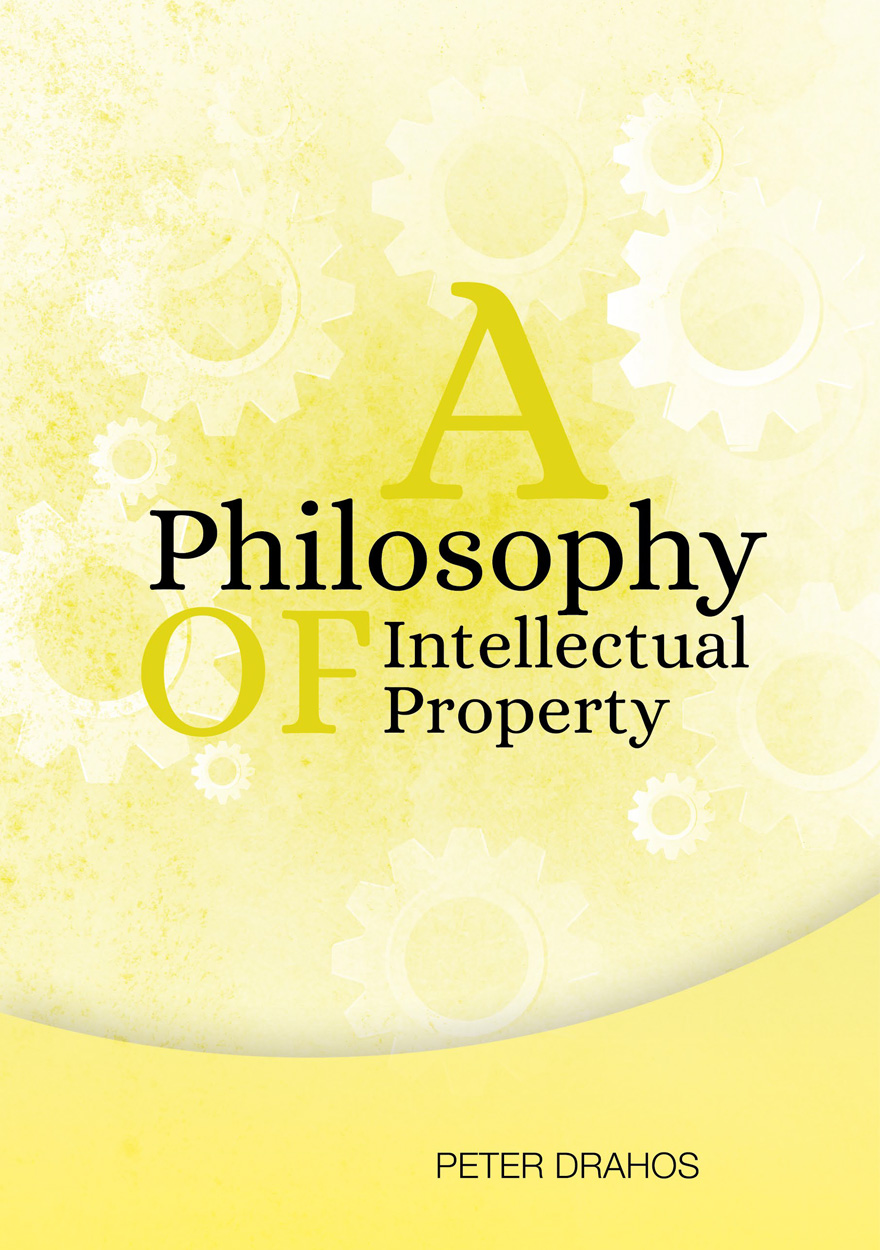Peter Drahos
Peter Drahos is a Professor in the Regulatory Institutions Network at The Australian National University. He is a member of the Academy of Social Sciences in Australia. From November 2011 to April 2012 he was a Senior Braudel Fellow at the European University Institute, Florence.
He holds degrees in law, politics and philosophy and is admitted as a barrister and solicitor. He has published widely in law and social science journals on a variety of topics including contract, legal philosophy, telecommunications, intellectual property, trade negotiations and international business regulation. He has worked as a consultant to government, international organizations and international NGOs.
His publications include A Philosophy of Intellectual Property, Dartmouth (1996), Global Business Regulation, Cambridge University Press, 2000, (with John Braithwaite), Information Feudalism: Who Controls the Knowledge Economy? (with John Braithwaite), Earthscan (2002), (with Ruth Mayne) Global Intellectual Property Rights: Knowledge, Access and Development, Macmillan, 2002 and The Global Governance of Knowledge: Patent Offices and Their Clients, Cambridge, 2010.

Regulatory Theory »
Foundations and applications

A Philosophy of Intellectual Property »




